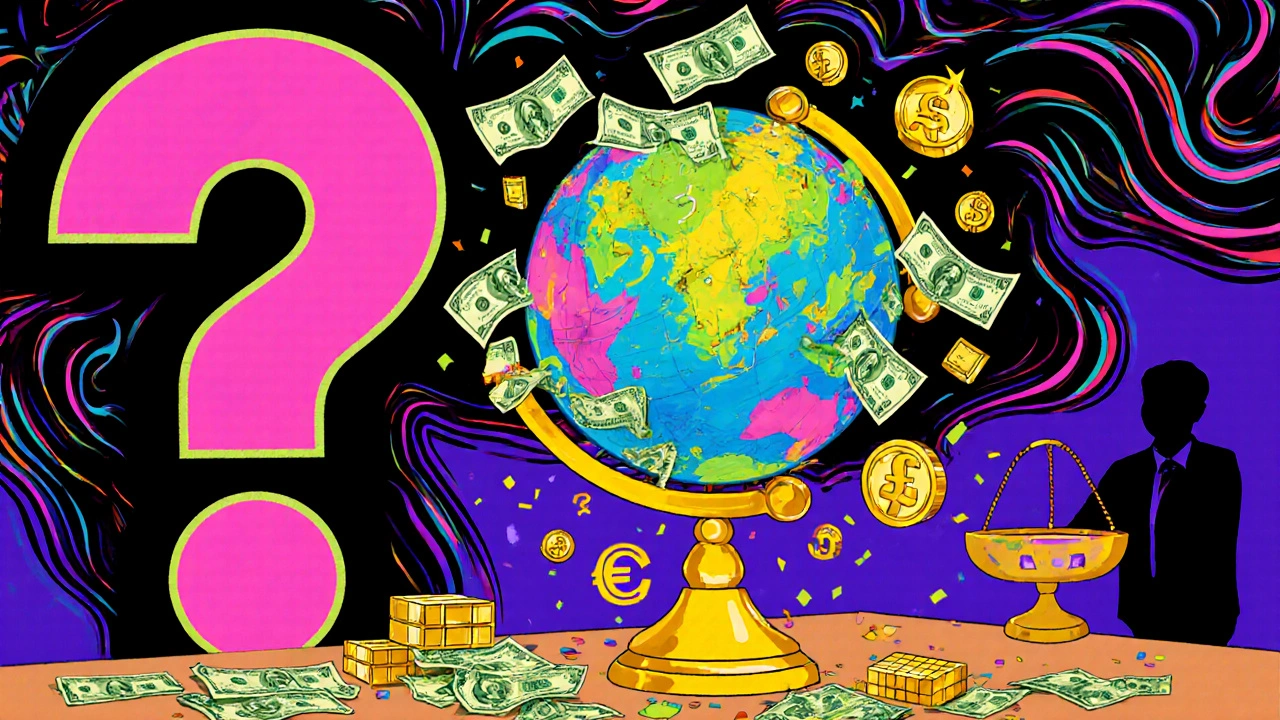Foreign Exchange Reserves: What They Are and Why They Matter for Your Investments
When you hear foreign exchange reserves, the holdings of foreign currencies, gold, and other assets that central banks keep to stabilize their own currency and support international trade. Also known as FX reserves, they’re the invisible backbone of global finance—quietly keeping exchange rates from swinging wildly and ensuring countries can pay for oil, electronics, and food imports. If you’re investing in international markets or holding U.S. Treasury bonds, you’re already tied to these reserves—even if you don’t realize it.
Central banks like the Federal Reserve, the European Central Bank, and the People’s Bank of China manage these reserves to control their currency’s value. When the dollar strengthens too fast, they sell dollars and buy euros or yen to slow it down. When their own currency crashes, they use reserves to buy it back. This isn’t just policy—it affects your portfolio. If China cuts its U.S. Treasury holdings, it can push yields higher, which changes bond prices everywhere. And if a country runs out of reserves, its currency can collapse overnight—making imports expensive and hurting companies that rely on global supply chains.
Foreign exchange reserves don’t just include cash. They’re often made up of U.S. Treasury bonds, safe, liquid assets that foreign governments buy to park their surplus dollars. Also known as T-bonds, these are the most common asset in global reserves—over $3 trillion held by foreign entities as of 2023. That means when you buy a Treasury bond, you’re not just lending to the U.S. government—you’re also part of a system that supports global currency stability. Meanwhile, central banks, the institutions that manage national monetary policy and hold foreign exchange reserves. Also known as monetary authorities, they’re the ones deciding whether to buy gold, sell euros, or shift into cryptocurrencies—though most still stick to traditional assets. These decisions ripple through markets. A central bank dumping U.S. debt can weaken the dollar. A surge in gold purchases can signal distrust in paper currencies.
And here’s what most investors miss: when inflation rises or interest rates change, foreign exchange reserves shift too. Countries with high trade deficits—like the U.S.—are net sellers of reserves. Countries with trade surpluses—like Germany or Japan—accumulate them. That’s why the value of your international stock holdings or your exposure to emerging markets can swing based on reserve trends you never see on your brokerage app.
You’ll find posts here that dig into how these dynamics play out in real trading. From how foreign exchange reserves affect the cost of buying stocks abroad, to why some brokers charge more for trading in currencies tied to nations with low reserves, to how U.S. Treasury demand from foreign central banks influences bond yields you can’t ignore. Whether you’re using an international trading broker, managing currency risk, or just trying to understand why your ETF moved when China announced a reserve adjustment—this collection gives you the real-world context behind the numbers.





